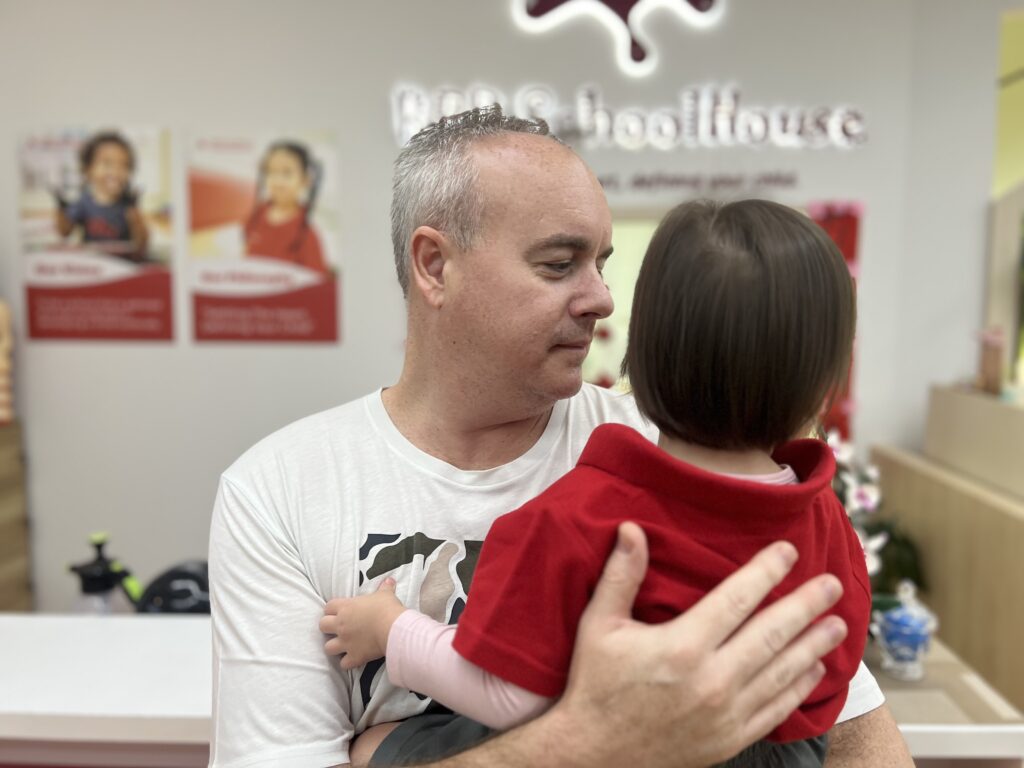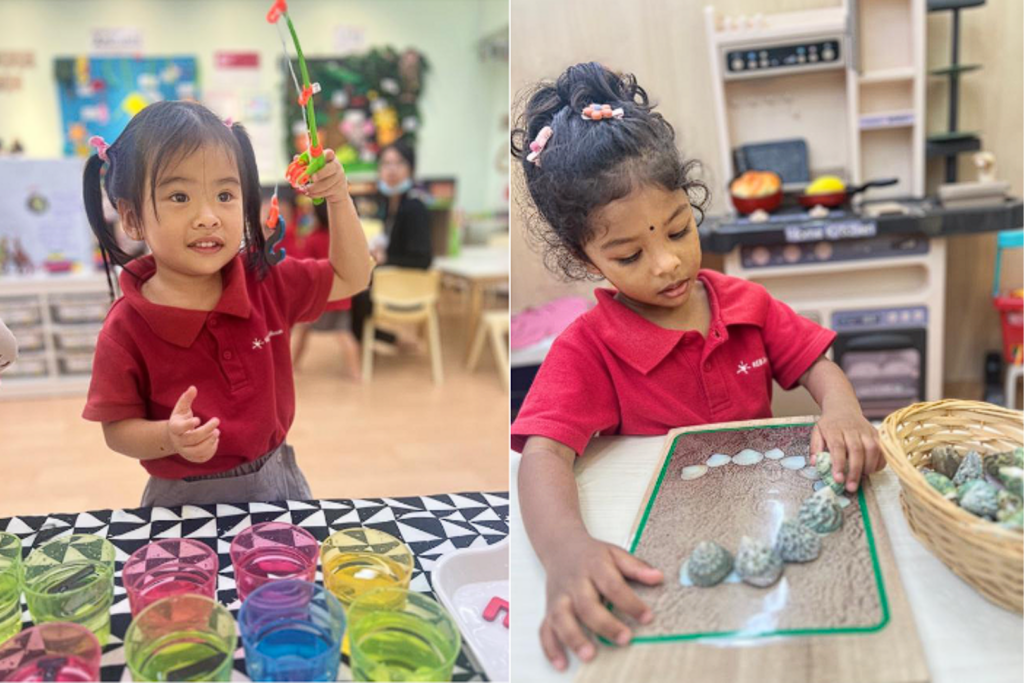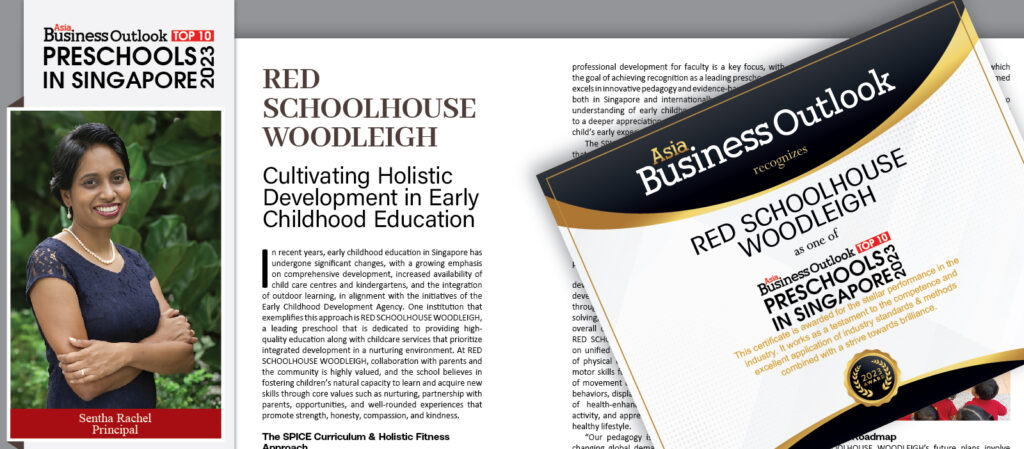Separation anxiety is a normal process of a child’s development. It usually begins as the child becomes aware of their surroundings. Between 4-7 months of age, babies develop a sense of “object permanence” as they realise that things and people exist even when they’re out of sight.
Some children may experience it later, between 18 months and 2½ years of age, while for others, certain situations can trigger feelings of anxiety about being separated from a parent, such as a new childcare situation or caregiver, a new sibling, moving to a new place, or tension at home. Erikson’s psychosocial theory places many of these children in the stage of trust versus mistrust, which is most likely the main issue with separation anxiety. Some children never experience separation anxiety. It should be considered a necessary and healthy adaptation a child makes to develop emotionally (Robillard,1994)
The period of separation anxiety depends on how the child responds. For instance, as the child settles down in their new school, the separation anxiety eventually subsides. Below are some coping strategies on how you can help your child with separation anxiety:
In new places
• If you’re leaving your child somewhere new, spend time at the new place with your child before the separation. Your child will be less distressed if left in a safe, familiar place with people they trust.
• Let your child take something they love from home, like a teddy bear, pillow or blanket. These objects will help your child feel safer, and you can gradually phase them out as your child feels more settled in the new place.
When you’re leaving your baby or child
• Start with short separations from your child. You can gradually increase the time apart as your child becomes comfortable with separation.
• Tell your child when you’re leaving and when you’ll be back.
• Settle your child in an enjoyable activity before you leave.
• Say goodbye to your child briefly, and don’t drag it out.
• Keep a relaxed and happy look on your face when leaving. If you seem worried or sad, your child might think the place isn’t safe and can get upset too.
At home
• Help your child get used to being apart from you by leaving them in a room with someone else.
• Avoid criticising or being negative about your child’s difficulty with separation.
• Read books or make up stories with your child about separation fears; this might help your child feel they’re not alone in being afraid of separating from their parents.
• Make a conscious effort to foster your child’s self-esteem by giving them plenty of positive attention when they’re brave about being away from you.
By Ms Praveena
Core Teacher
K1 & K2




